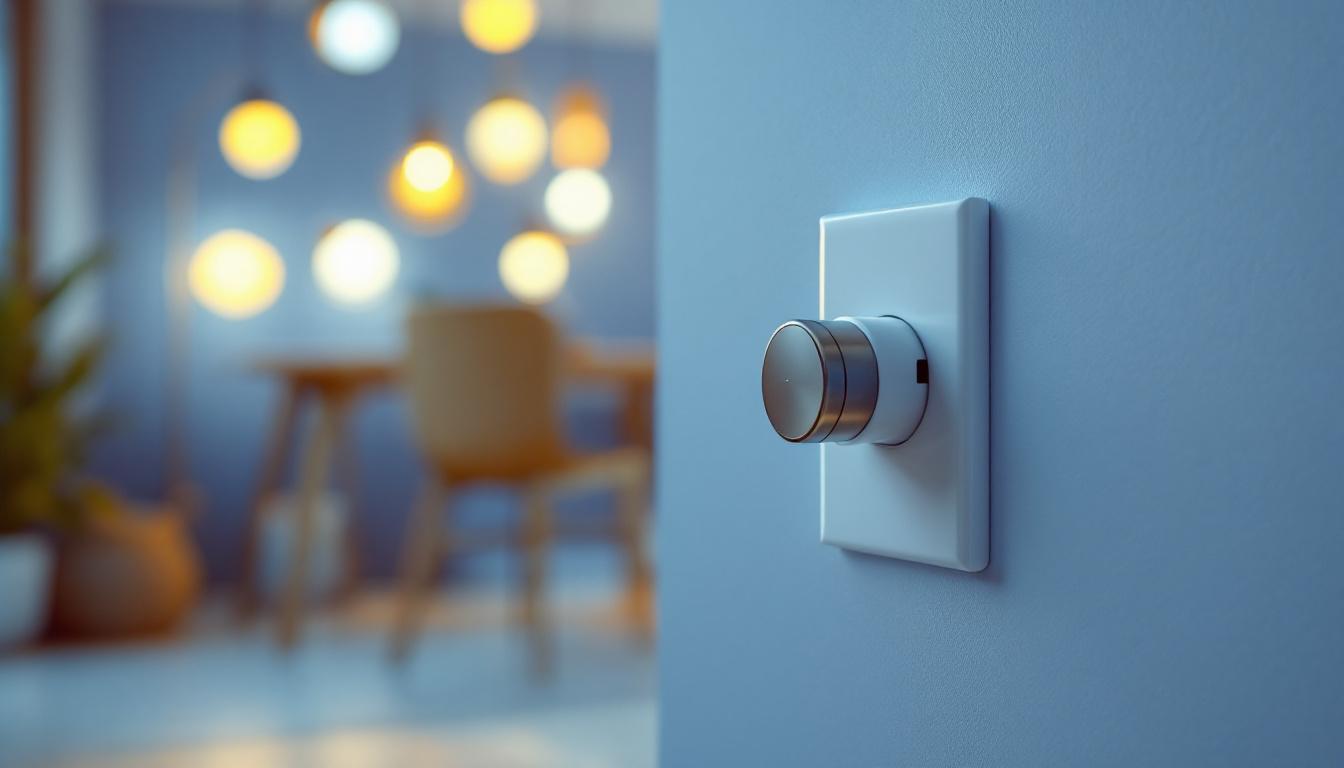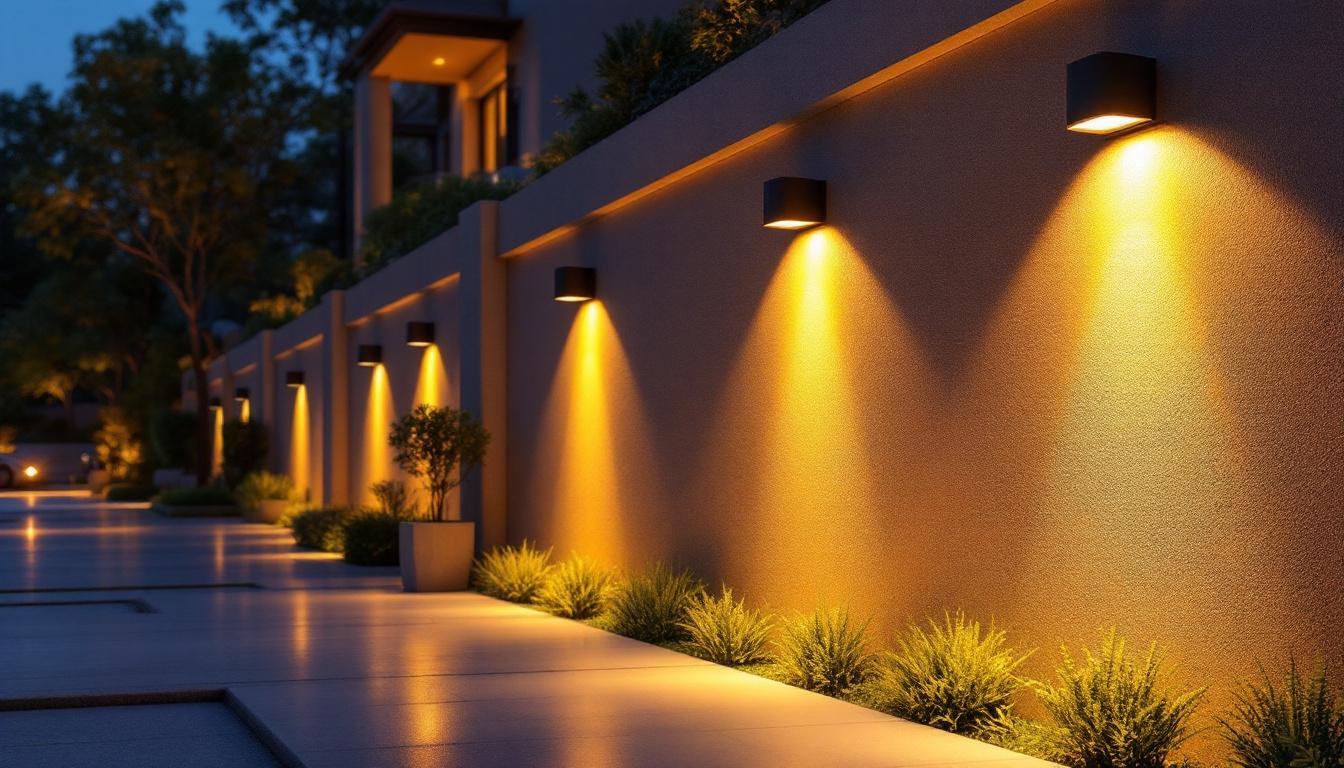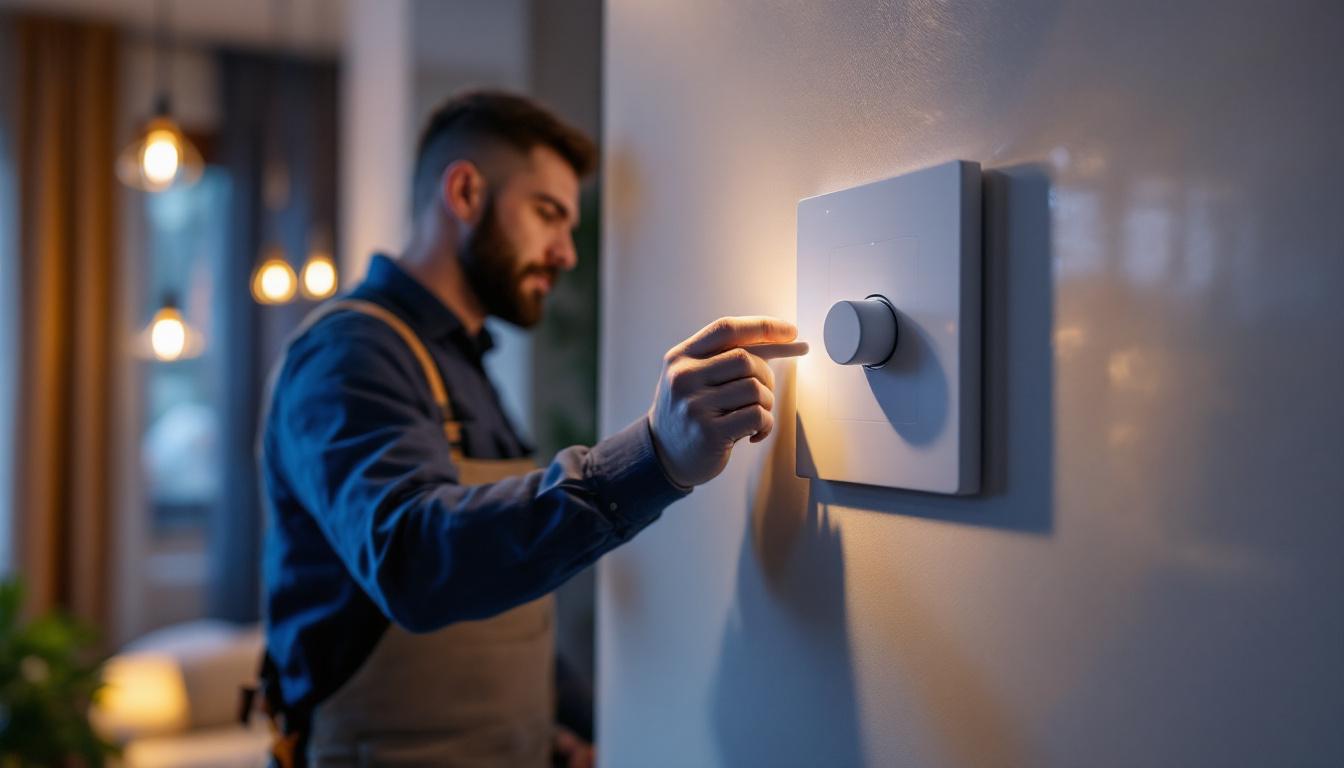
In the realm of lighting projects, ensuring safety and functionality is paramount. One often overlooked aspect is the security of power outlets. While many contractors focus on the aesthetics and efficiency of lighting, the security of the power sources that fuel these systems is equally important. A lock for power outlets can serve as a crucial component in safeguarding electrical connections, preventing unauthorized access, and enhancing the overall integrity of lighting installations.
As lighting projects become increasingly complex, the need for robust security measures grows. This article delves into the importance of locking mechanisms for power outlets, exploring their benefits, installation methods, and the impact they can have on project outcomes.
Power outlets are often vulnerable points in any electrical installation. When left unprotected, they can be subject to tampering, accidental disconnections, or even misuse. This vulnerability can lead to several issues, including safety hazards, increased maintenance costs, and compromised lighting performance.
One of the primary reasons to install locks on power outlets is to prevent unauthorized access. In public spaces or commercial environments, unmonitored access to electrical outlets can lead to misuse, such as plugging in unauthorized devices. This not only poses safety risks but can also lead to equipment damage or increased energy costs.
By implementing locking mechanisms, contractors can ensure that only authorized personnel have access to power sources. This control helps maintain the integrity of the lighting system and protects the investment made in the project.
Frequent tampering or accidental disconnections can lead to increased maintenance and repair costs. When power outlets are not secured, they are more prone to damage, which can result in costly repairs or replacements. By locking outlets, contractors can minimize these risks, ensuring that the lighting systems remain functional and reliable.
In addition, a secure outlet reduces the likelihood of power surges caused by unauthorized devices. This protection can extend the lifespan of lighting fixtures and reduce the overall cost of ownership for the client.
When considering locks for power outlets, contractors have several options to choose from. Each type of lock offers different features and benefits, making it essential to select the right one for the specific project requirements.
Mechanical locks are the most straightforward option for securing power outlets. These locks typically involve a physical key or combination mechanism that restricts access to the outlet. Mechanical locks are durable and reliable, making them suitable for high-traffic areas where security is a concern.
However, mechanical locks can have limitations, such as the potential for key loss or the need for regular maintenance. Contractors should consider these factors when selecting mechanical locks for their projects.
Electronic locks offer a modern solution for securing power outlets. These locks can be operated via keypads, RFID cards, or even smartphone applications. The advantage of electronic locks lies in their flexibility and ease of use. They can often be programmed to allow access to multiple users while maintaining a log of who accessed the outlet and when.
Moreover, electronic locks can be integrated into larger security systems, providing an added layer of protection. However, they may require a power source and can be more expensive than mechanical options, making it essential to weigh the pros and cons based on the project’s budget and requirements.
Smart locks represent the cutting edge of outlet security. These locks can connect to home or building automation systems, allowing for remote access and monitoring. Contractors can offer clients the ability to control power outlet access from their smartphones or tablets, enhancing convenience and security.
While smart locks provide advanced features, they also come with considerations such as potential cybersecurity risks and the need for a stable internet connection. Contractors should ensure that clients understand these aspects before opting for smart lock solutions.
Installing locks for power outlets requires careful planning and execution. Several factors must be considered to ensure a successful installation that meets both security and functionality needs.
The location of power outlets plays a crucial role in determining the type of lock to install. Outlets in high-traffic areas or public spaces may require more robust locking mechanisms compared to those in private or controlled environments. Accessibility is also a key consideration; the lock should be easy for authorized personnel to use while remaining secure against unauthorized access.
Contractors should assess the specific environment and user needs before deciding on the lock type and installation method. This assessment will help ensure that the chosen solution aligns with the overall project goals.
When installing locks on power outlets, it is essential to adhere to local electrical codes and regulations. These codes dictate how electrical systems should be installed and maintained, including any security measures that may be required.
Contractors should familiarize themselves with relevant codes to ensure compliance and avoid potential legal issues. Consulting with local authorities or electrical inspectors can provide valuable insights into the requirements for outlet security in specific projects.
For projects that involve retrofitting locks onto existing power outlets, integration with current electrical systems is a significant consideration. Contractors must ensure that the locking mechanisms do not interfere with the functionality of the outlets or the overall electrical system.
Proper planning and testing during the installation process can help identify any potential conflicts, ensuring that the locks enhance security without compromising performance. Collaboration with electrical engineers or specialists may be beneficial in complex installations.
Implementing locks for power outlets can yield numerous benefits for lighting contractors and their clients. Understanding these advantages can help contractors make a compelling case for the inclusion of outlet security in their projects.
Safety is a primary concern in any electrical installation. By securing power outlets, contractors can significantly reduce the risk of accidents caused by unauthorized access or misuse. This enhanced safety not only protects individuals but also reduces liability for contractors and property owners.
In environments where children or untrained personnel may have access to electrical outlets, the importance of securing these points cannot be overstated. Locks provide peace of mind, knowing that only trained individuals can operate the outlets.
Locking mechanisms can also contribute to the overall aesthetics of a lighting project. Many modern locks are designed to blend seamlessly with the outlet, maintaining a clean and professional appearance. This attention to detail can enhance the perceived value of the project and contribute to client satisfaction.
Contractors can choose from various finishes and designs to ensure that the locks complement the existing decor while providing the necessary security. This balance between functionality and aesthetics is crucial in high-end residential or commercial projects.
Clients appreciate the added security and peace of mind that comes with locked power outlets. By offering this feature, contractors can differentiate themselves from competitors and demonstrate a commitment to quality and safety.
Furthermore, satisfied clients are more likely to recommend contractors to others, leading to potential new business opportunities. Building a reputation for thoroughness and attention to detail can be a significant advantage in a competitive market.
Examining real-world examples of successful implementations of locking power outlets can provide valuable insights for contractors. These case studies highlight the practical benefits and considerations of incorporating outlet security into lighting projects.
In a recent project involving a large commercial office building, contractors faced challenges related to unauthorized access to power outlets in common areas. Employees were frequently plugging in personal devices, leading to safety concerns and increased energy costs.
By installing electronic locks on the outlets, the contractors were able to restrict access to authorized personnel only. This solution not only improved safety but also led to a noticeable reduction in energy consumption, as employees were less likely to use personal devices without permission.
Another example comes from a public park renovation project where power outlets were installed for lighting and charging stations. The contractors recognized the potential for vandalism and misuse in such an open environment.
To mitigate these risks, they opted for mechanical locks on the outlets, ensuring that only park staff could access the power sources. This decision not only protected the outlets from damage but also ensured that the lighting systems remained functional for park visitors.
In a luxury residential project, the homeowner requested a high level of security for the outdoor lighting system. The contractors recommended smart locks that could be controlled via a smartphone app, allowing the homeowner to manage access remotely.
This solution provided the homeowner with peace of mind while enhancing the overall functionality of the lighting system. The integration of smart technology also added a modern touch to the installation, aligning with the homeowner’s preferences for cutting-edge solutions.
The inclusion of locks for power outlets in lighting projects is a critical consideration that can significantly enhance safety, functionality, and client satisfaction. By understanding the various types of locks available, installation considerations, and the benefits they offer, lighting contractors can make informed decisions that elevate their projects.
As the demand for secure and efficient lighting solutions continues to grow, incorporating outlet security measures will not only protect investments but also position contractors as leaders in the industry. Ultimately, a lock for power outlets may be the missing piece in many lighting projects, ensuring that they are not only visually appealing but also secure and reliable.
Ready to enhance the safety and integrity of your lighting installations with the right locks for power outlets? Look no further than LumenWholesale for all your lighting needs. We offer an extensive selection of spec-grade lighting products that meet the highest industry standards, ensuring your projects shine with reliability and high performance. Take advantage of our unbeatable wholesale prices, free shipping on bulk orders, and the convenience of cutting out the middleman. Elevate your lighting projects with quality, affordability, and superior service. Discover the best value in wholesale lighting by visiting Wholesale Lighting at the Best Value today.

Discover top LED outdoor wall lighting ideas from expert contractors to enhance your outdoor spaces.

Discover essential insights and expert advice for lighting contractors on selecting and installing LED under counter light strips.

Discover how dimmer lights are revolutionizing the lighting industry and providing a competitive edge for contractors.

Discover the various types of electrical outlets and learn how lighting contractors can prevent common installation issues.